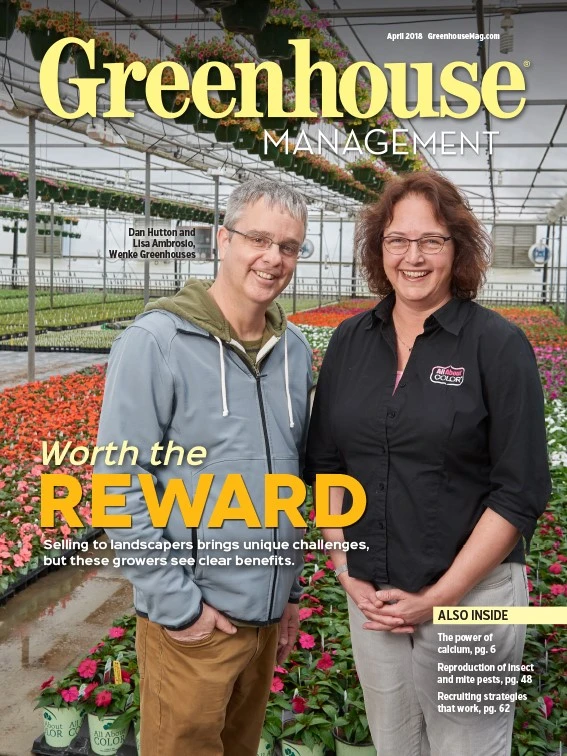
LED technology is increasingly being used in sole-source lighting (SSL) for horticultural applications. Some compelling reasons why growers are making the switch, include:
- Energy Savings
- Optical Design Freedom
- Spectral Tuning
- Heat Management
- Long Life, Low Maintenance
From a horticultural perspective, the spectral “tunability” is probably the most unique benefit.
Plants and humans perceive light very differently. The human eye responds most strongly to light in the green/yellow part of the spectrum, whereas plants respond most strongly to the PAR region (blue and red wavelengths) for photoperiodic growth responses and germination control.
_Application_fmt.png)
An HPS lamp delivers the widest range of wavelengths; however, since plants respond primarily to the PAR region, much of the light from HPS lamps is not usable to plants. Thus the HPS spectrum is less efficient than with LEDs, where the spectral output can be targeted to deliver PAR photons as efficiently as possible — allowing growers to “tune” their lighting to the optimal wavelengths for each stage of growth.
This is all very exciting, but we cannot ignore the obstacles to be overcome before we see large-scale adoption of LED lighting in horticulture.
We are still discovering which crops respond well to LED lighting, and to specific spectral recipes. Even certain varietals can react differently to a particular spectral composition, so further research is required on light spectrum compositions and their effect on plant growth, yield and quality.
Probably the most significant roadblock for widespread adoption of LED lighting, is cost of ownership. With an incremental cost of 4 to 5 times vs. HPS, you need to consider many factors to determine if converting to LED makes sense.
For a true comparison between the cost of LED vs. traditional lighting, look at cost per µmol delivered, since outputs can differ from one manufacturer to another.
There are many benefits to growing with LEDs, however, it’s a BIG investment, so be sure to do your homework.
Use the “LOGIC” checklist when considering an LED lighting system:

Longevity
Thermal management is essential for maximizing light output, reliability and lifetime of an LED fixture.
Optimized Performance
Look for fixtures that are engineered specifically for horticultural applications.

Guaranteed Quality
A reputable manufacturer will offer a complete system warranty, and a guaranteed photon flux maintenance for the duration of the rated lifetime a typical horticultural environment.
Return on Investment
ROI is different for every grower. Payback calculations are only useful when they apply to your specific situation.
Cost
P.L. Light Systems is the only lighting manufacturer to offer both LED and traditional lighting systems, so growers can rest assured that we’re providing them with an unbiased recommendation in terms of a solution that is the best fit for their particular application. Contact us for a complimentary light plan at info@pllight.com or call 1.800.263.0213.
For more: pllight.com
Get curated news on YOUR industry.
Enter your email to receive our newsletters.
Explore the April 2018 Issue
Check out more from this issue and find your next story to read.
Latest from Greenhouse Management
- Flexible fungicides
- Super Charged Moon Juice from Moon Valley Nurseries now available nationally
- 2025 Proven Winners Horticulture Scholarship applications now open
- How to improve inventory and shipping management in the greenhouse
- Leading Women of Horticulture: Anna Ball, Ball Hort, and Terri McEnaney, Bailey Nurseries
- GM CEA HERB Part 2: A guide to increasing the sowing density of culinary herbs
- GM CEA HERB Part 1: Best practices for producing culinary herbs in controlled environments
- USDA fires experts on invasive pests, including Asian citrus psyllid, chilli thrips






